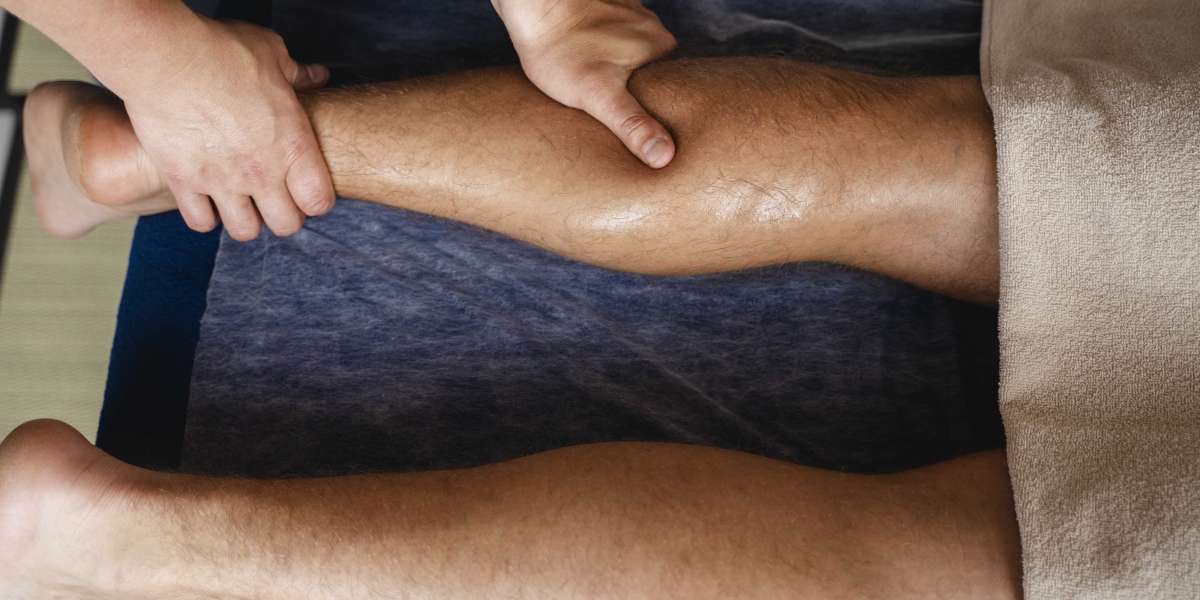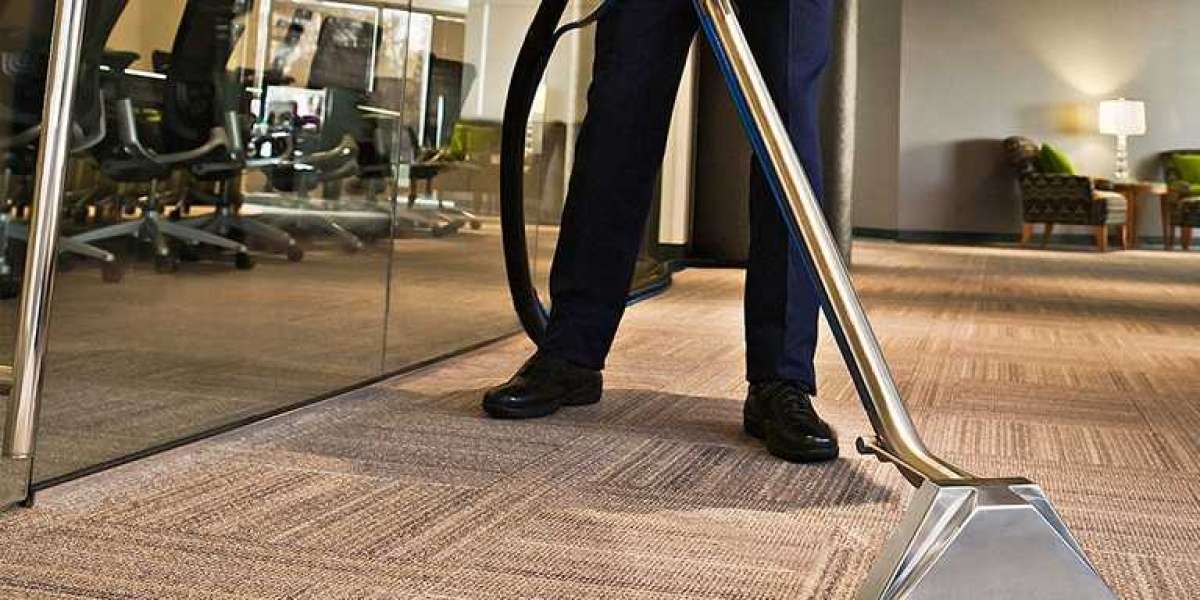Athletes push their bodies to the limit. Whether it's intense training, repetitive movements, or sudden impacts, the road to peak performance often comes with a cost: injuries. That's where sports rehabilitation steps in. And lately, a time-tested healing modality—acupuncture—is gaining serious ground among athletes, coaches, and physical therapists.
But why the buzz around acupuncture for athletes? Let’s dive into how this ancient practice is being woven into modern sports rehab programs to accelerate recovery, reduce pain, and bring athletes back to their game stronger than before.
What is Acupuncture, and How Does it Work?
Acupuncture originates from Traditional Chinese Medicine (TCM) and involves inserting ultra-fine needles into specific points on the body. These points are located along meridians—energy pathways believed to balance the body’s vital force, or “Qi” (pronounced "chee").
In Western terms, acupuncture stimulates the nervous system, releasing endorphins, reducing inflammation, and improving blood circulation. In essence, it taps into the body's own healing mechanisms—something that fits hand-in-glove with sports rehab goals.
Why Acupuncture Is Gaining Momentum in Sports Rehab
1. Drug-Free Pain Relief
One of the biggest challenges in sports rehabilitation is managing pain without over-relying on medications. Acupuncture provides a natural, non-pharmaceutical way to ease pain—making it a favorite among athletes who want to avoid opioids or anti-inflammatory drugs that can lead to side effects or dependency.
In fact, a 2018 meta-analysis published in The Journal of Pain found that acupuncture was more effective than placebo for chronic pain and had long-lasting benefits.
2. Accelerates Recovery After Injury
Acupuncture enhances blood flow, reduces muscle tension, and boosts tissue repair. It’s commonly used to treat:
Sprains and strains
Tendonitis (like tennis elbow or Achilles tendonitis)
Muscle knots and trigger points
Back, neck, and joint pain
Post-operative pain after orthopedic surgery
For athletes dealing with delayed onset muscle soreness (DOMS) or inflammation, acupuncture can cut down recovery time significantly, getting them back into action faster.
3. Improves Range of Motion and Flexibility
Restricted movement from injuries or overtraining can lead to compensation patterns that increase the risk of further injuries. Acupuncture can help loosen tight muscles, reduce joint stiffness, and restore natural mobility—key components of any effective sports rehabilitation program.
Evidence-Based Benefits of Acupuncture for Athletes
While acupuncture has been used for thousands of years, recent scientific studies are confirming what traditional healers have long known. Here’s what the research shows:
A 2016 study in the British Journal of Sports Medicine found that acupuncture significantly improved shoulder range of motion in athletes with rotator cuff injuries.
Research published in Pain Medicine in 2021 concluded that acupuncture reduced pain intensity and improved function in patients with sports injuries, especially when combined with conventional physiotherapy.
A 2020 study from Frontiers in Neurology suggested that acupuncture could reduce recovery time in athletes with concussions by modulating the autonomic nervous system.
In other words, acupuncture for athletes isn’t just a wellness trend—it’s backed by data and results.
How Acupuncture Fits into a Sports Rehabilitation Program
Acupuncture is rarely a stand-alone treatment in rehab. Instead, it's integrated with:
Physical therapy
Massage and myofascial release
Strength and conditioning
Chiropractic care
Nutrition counseling
When used strategically, acupuncture can complement other rehab modalities, helping athletes recover more holistically. For example, inserting needles in specific motor points can relax overactive muscles, making physical therapy exercises more effective.
Who Uses Acupuncture in Sports?
From Olympians to weekend warriors, acupuncture is making its mark. Notable athletes who've endorsed acupuncture include:
Kobe Bryant, who reportedly used acupuncture for ankle and knee injuries.
Maria Sharapova, who incorporated acupuncture into her recovery routines.
Michael Phelps, often seen with cupping marks, also praised acupuncture for muscle recovery.
Many professional sports teams—from the NFL to the NBA—now have licensed acupuncturists on their medical staff.
Conditions Treated with Acupuncture in Athletes
Acupuncture for athletes can target a wide range of conditions:
| Condition | How Acupuncture Helps |
|---|---|
| Runner’s Knee (Patellofemoral Pain) | Reduces inflammation, aligns patella tracking |
| Tennis/Golfer’s Elbow | Improves tendon healing, reduces pain |
| Shin Splints | Enhances circulation, relaxes fascia |
| Lower Back Pain | Stimulates endorphins, relaxes tight musculature |
| IT Band Syndrome | Releases trigger points, reduces tightness |
| Plantar Fasciitis | Reduces inflammation in the foot arch |
| Hamstring Strains | Speeds tissue repair and reduces scar tissue |
Safety and Side Effects
When performed by a licensed acupuncturist, acupuncture is extremely safe. Side effects are rare but may include mild bruising or temporary soreness at the needle site.
It’s essential to work with a practitioner experienced in sports acupuncture, who understands musculoskeletal anatomy and how to tailor treatments for athletes’ needs.
The Role of Acupuncture in Preventing Sports Injuries
Acupuncture doesn’t just treat injuries—it helps prevent them.
By keeping muscles balanced, joints mobile, and the nervous system regulated, acupuncture:
Improves body awareness (proprioception)
Reduces overcompensation and asymmetry
Lowers stress and promotes restful sleep
All of these factors help athletes stay injury-free and maintain peak performance.
How Often Should Athletes Get Acupuncture?
This depends on the injury and goals. Here's a general guide:
Acute injuries: 2–3 sessions per week initially
Chronic pain: Weekly or bi-weekly maintenance
Preventative care: 1–2 sessions per month
Most athletes notice improvements within 2–5 sessions, especially when combined with physical therapy or strength training.
Commercial Use and Integration in Athletic Facilities
More sports rehab clinics are offering acupuncture for athletes as part of comprehensive recovery programs. It's a selling point for facilities catering to high-performing individuals looking for holistic care.
Some common setups:
Integrated Sports Medicine Clinics: Where acupuncturists work alongside orthopedic doctors and physical therapists
Performance Gyms and Recovery Studios: That offer acupuncture along with cryotherapy and massage
College Athletic Programs: Increasingly including acupuncture to reduce downtime and boost recovery
Final Thoughts: Why Acupuncture Belongs in Sports Rehab
For too long, sports rehab focused solely on strength training and physiotherapy. While those are crucial, they don’t address the whole picture. Acupuncture offers a powerful, natural way to support recovery, reduce pain, and improve performance.
Incorporating acupuncture for athletes into rehab isn’t just complementary—it’s transformative.
Whether you're an injured sprinter, a CrossFit competitor nursing tendonitis, or a football player coming off surgery, consider adding acupuncture to your recovery game plan. Your body—and your scoreboard—will thank you.








